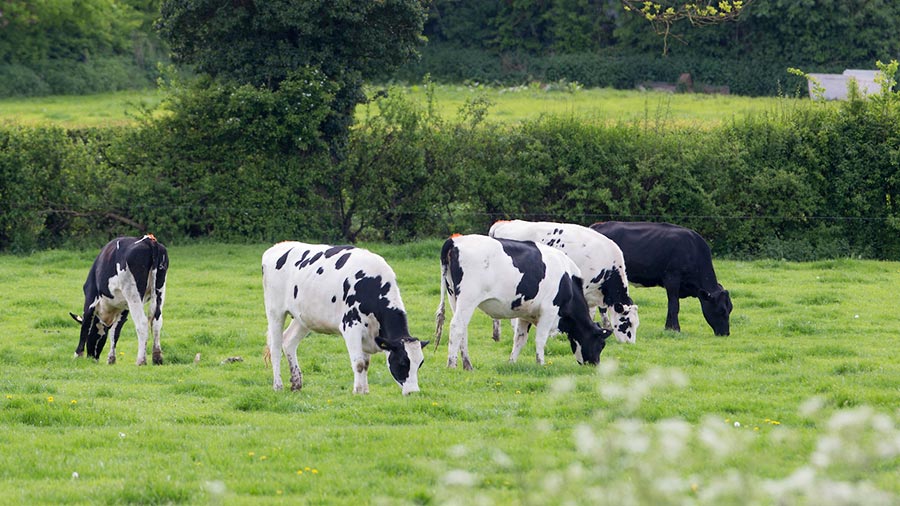Opinion: Simple grass-based system not scale key to success
 © Tim Scrivener
© Tim Scrivener I’m late to the party, but I’m reading The Shepherd’s Life: a Tale of the Lake District by James Rebanks.
I’ll admit at this point that the closest I’ve been to the Lake District is a stop at Tebay Services, and my experience of sheep is extremely limited.
So I’ve been surprised by how much I’ve enjoyed this beautifully rendered account.
Like Rebanks, I studied at Oxford University, but made the journey into farming from the other direction, leaving behind city life and an office-based career to become a dairy farmer.
See also: Opinion – control the controllable in uncertain times
As a new entrant, I’ve always felt that getting access to land is the biggest barrier to growing our business (outside of our personal skills).
But reading Rebanks’ story of the struggles on his family farm, to find his own place within the business alongside his father, to generate enough profit to look after the whole family, balancing owned and rented land further afield, and not living on farm all the time, made me realise that younger generations of farming families face many of the same challenges as new entrants.
They also have the added complexity of their whole family being tied up in the business rather than landlords or business partners, who are at least somewhat removed.
On Twitter, I found a recent thread by Rebanks about how young people could start a profitable livestock business from scratch.
His somewhat disheartening answer was that he has no idea, because of slim margins, spiralling costs and extortionate land prices.
His personal answer has been to run a tight ship, have niche value in his livestock sales, excellent infrastructure and genetics, but most of all to keep the system simple so he can free up time to do other things and diversify his income.
This was a key reason that we went down the block-calving grazing route – it seemed like the simplest system with the best possibility of work-life balance, the lowest infrastructure and machinery requirements and, therefore, the best opportunity to generate return on capital.
In the past few years, we have probably fallen into the exact trap Rebanks warns of, thinking that scale was our best route to success.
In light of the recent falls in milk price and with input costs still inflated, we’ve realised we need to go back to our roots and focus on an ultra-simple grass-based system.
Matching our cow numbers to our grass growth on the farm and only feeding supplement where there is a shortfall in the shoulders, instead of producing marginal litres at the expense of our own time and sanity.
Reducing cow numbers doesn’t feel like a very progressive thing to do, but sometimes you have to step back to go forwards.
I hope that we will free up time and give ourselves the headspace to plan for the future. We work to live not live to work, and my aim is to set the farm up to ensure this is both possible and profitable.
On that note of looking to the future, this will be my last Opinion column for Farmers Weekly as I pass the baton to a new intake of columnists.
It has been a privilege to contribute and I’m grateful to everyone who has read my column over the past seven years.

